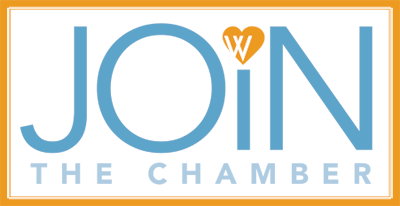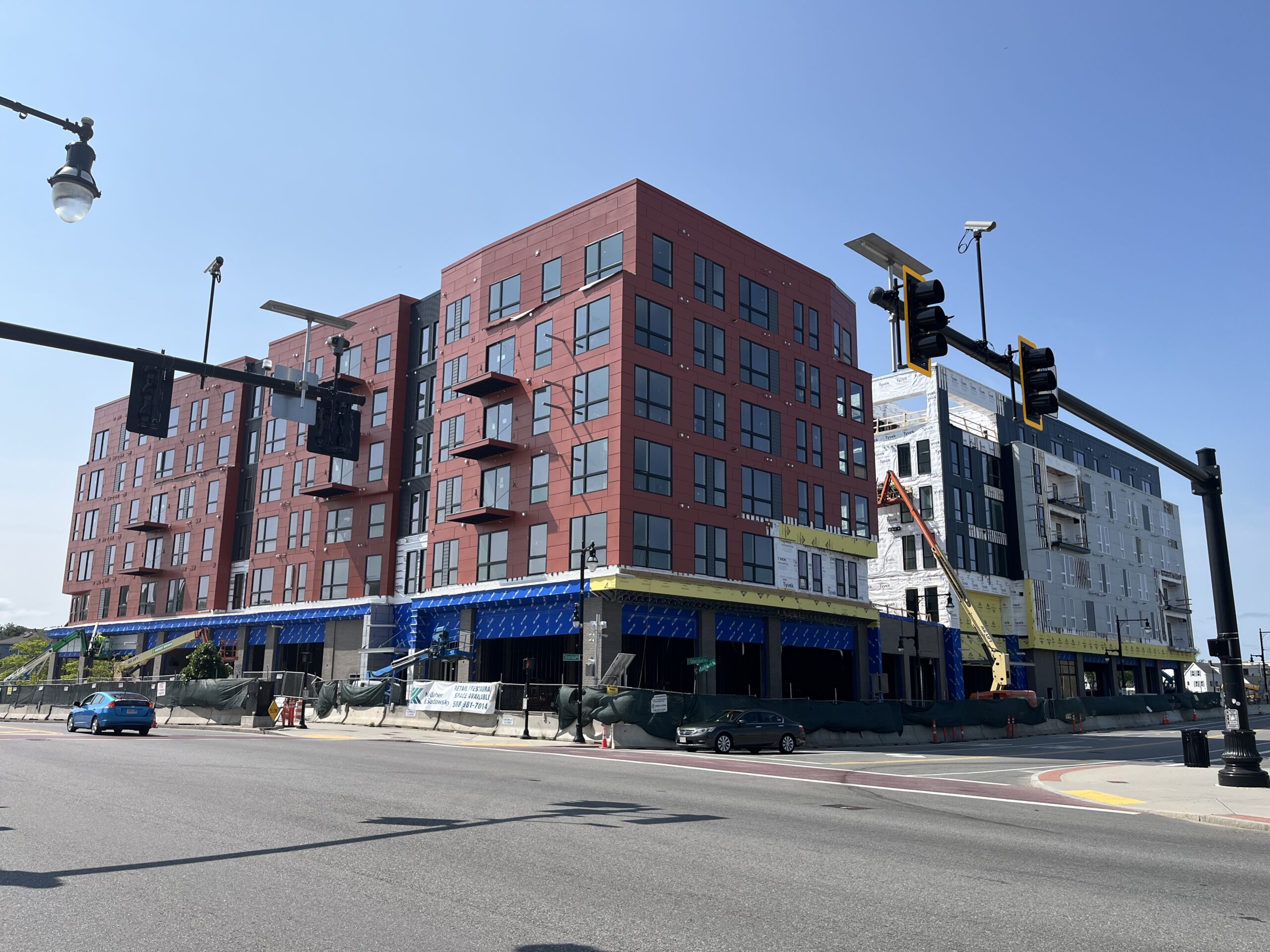Housing Development Incentive Program (HDIP)
The Housing Development Incentive Program, or “HDIP”, is a program specifically for the Commonwealth’s 26 Gateway Cities, that is designed to promote market-rate housing production in urban areas outside Boston. The tax incentive program diversifies and grows the housing stock of Gateway Cities, supporting economic development efforts, and promoting neighborhood stabilization.
The Revington on Madison Street was built using HDIP tax incentives
HDIP has two primary features that are provided to developers.
-
- A local-option real estate tax exemption on the new value of the property (called a tax increment exemption or TIE)
- State tax credits for qualified project expenditures that are awarded through a rolling application process
A proposed project will negotiate with the city on the terms of the TIE deal, which includes stipulations for hiring local workers and MWBE contractors. The two sides come to an agreement on the percent of new taxes (not the base tax value of the property pre-development) generated by the property that will be exempted over several years. After approval by the city council, the state’s Executive Office of Housing and Livable Communities takes an application from the developer for tax credits which are awarded on a rolling basis four times a year. The end result of this municipal-state partnership is the creation of millions in new tax dollars and hundreds of new housing units for the city using HDIP.
Problem
Massachusetts is in the midst of a housing crisis and Worcester is no different as the city has an estimated shortage of 20,000 units of housing. In the Chamber’s 2019 housing study, it was expected that Worcester would grow to 200,000 residents by 2030 and the city would need adequate housing production strategies to meet that demand. However, when the U.S. Census results were released in 2020, it was found that Worcester hit and exceeded that population mark the very next year, 206,000.
HDIP is the Commonwealth’s most effective market-based multifamily housing program. It has and will create over 1,000 units of housing in Worcester and catalyzed $300 million in private investment using modest tax incentives and state tax credits.
Before October 2023, there is not enough funding for HDIP, which has resulted in a backlog of tax credits that could be awarded to eligible developers. HDIP had a mandated cap of $10 million set by the state legislature. As a result in 2022 and 2023, HDIP had an estimated $57 million in backlogged tax credits. While developers around the state, including Worcester, waited to hear about their tax credit awards, construction costs for multifamily developments continued to rise, underutilized properties continued to languish, and desperately needed housing was not built. There are several projects in Worcester that have waited four or more years for funding before they can continue construction.
Why does HDIP help with market-rate housing? There are many programs that assist developers with income-restricted affordable housing at the local, state, and federal levels. However, none exists for the market rate.
In Massachusetts, Gateway Cities, like Worcester, have long struggled to diversify their housing stock, as they have historically been centers of poverty with few mixed-income neighborhoods. Exacerbating the problem, Gateway Cities have much lower rents than Boston and its surrounding towns, but Worcester has similar construction costs due to statewide building regulations. As a result, the return investment for new housing development is lower for developers and market-rate multifamily developments typically cannot break-ground in these urban areas without subsidy. The lenders and equity investors that fund multifamily developers will not fund projects without a certain return on investment, thus HDIP helps developers bridge the gap to achieve a respectable level of return.
HDIP Relief
On October 4th, 2023, Governor Maura Healey, signed a $1 billion tax relief bill, passed by both the House and the Senate by a wide margin. The bill gave tax cuts to seniors, businesses, renters, and families in the Commonwealth. Most importantly the tax relief bill funded the $57 million worth of back-logged projects and increased the annual program cap to $30 million.
By adequately funding HDIP, the state can:
-
- Take the burden off Gateway Cities like Worcester that may be forced to do higher local property tax exemptions to make up for the fact that the state is not paying on its end.
- Give cities like Worcester the only leverage they have to negotiate with developers on priorities like including mandated amounts of affordable housing in market-rate developments.
- Help Gateway Cities revitalize contaminated and/or underutilized properties in underinvested neighborhoods.
- Meet the Commonwealth’s demand for over 100,000 new housing units.
- Diversify the housing stock of Gateway Cities to create vibrant mixed-income communities.
Worcester
These are the projects in Worcester that have been approved by the City Council and the Commonwealth for HDIP. All projects have revitalized vacant or underutilized properties in the city.
- Alta on the Row – 370 units
- GoVenture Capital’s Franklin Street Apartments – 364 units
- The El at 100 Wall Street – 72 units
- Edge at Union Station – 81 units
- Kelley Square Lofts – 48 units
- Elwood Adams Apartments – 13 units
- Chatham Lofts – 24 units
- Madison Properties’ two apartment buildings at Polar Park – 353 units
- SilverBrick Skyhouse at downtown’s Commerce Building – 340 units
- Mission Chapel on Summer Street – 7 units



